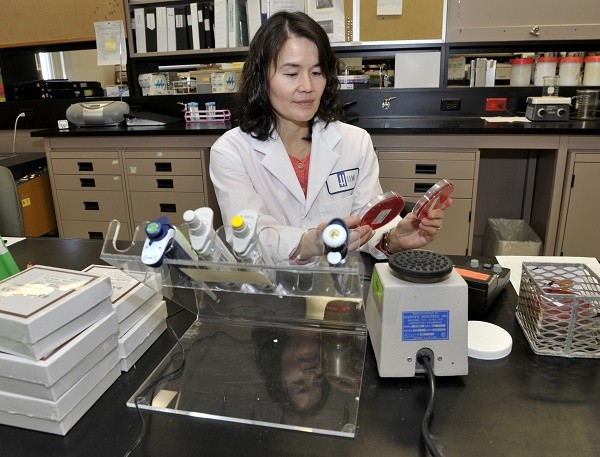Imagine dealing with a disease that attacks all the normal, healthy tissue in your body. As a result, organs such as your kidneys and lungs fail one by one due to inflammation and swelling.
It's what the several million Chinese people are dealing with, and the medicine to fight such a destructive disease is scarce. An antibody-based drug was approved in the United States in 2012, said the CAS, but high prices prevent people from buying it.
Scientists haven't given up, however, as the Chinese Academy of Sciences (CAS) announced on Wednesday, May 20, that a group of Chinese researchers submitted a new drug for treating lupus for clinical trials. If deemed effective and safe, the drug called SM934 has the potential to cure billions of people diagnosed with lupus all over the world.
According to CAS, SM934 could "restore the body's immune balance."
Researchers have spent 15 years developing SM934, which is a water-soluble artemisinin derivative. The new drug has been approved by the China Food and Drug Administration (CFDA).
Known as systematic lupus erythematosus or SLE, lupus is an autoimmune disorder that causes one's immune system to confuse antigens and healthy tissues with each other. As a consequence, the immune system, which releases antibodies to fight antigens like viruses and bacteria, also directs antibodies against healthy tissue. This is what causes the swelling and tissue damage.
A traditional way to treat the disease is through a concoction of glucocorticoids and immunosuppressive agents. It has its side-effects, however, as this method compromises a patient's immune system for life.
The last viable chemical drugs against lupus, Plaquenil and corticosteroids, were approved in 1955.



























